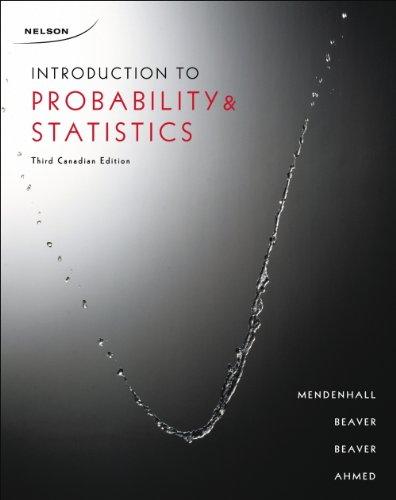2.59 Electrolysis An analytical chemist wanted to use electrolysis to determine the number of moles of cupric
Question:
2.59 Electrolysis An analytical chemist wanted to use electrolysis to determine the number of moles of cupric ions in a given volume of solution. The solution was partitioned into n = 30 portions of 0.2 millilitre each, and each of the portions was tested. The average number of moles of cupric ions for the n = 30 portions was found to be 0.17 mole; the standard deviation was 0.01 mole.
a. Describe the distribution of the measurements for the n=30 portions of the solution using Tchebysheff's Theorem.
b. Describe the distribution of the measurements for then 30 portions of the solution using the Empirical Rule. (Do you expect the Empirical Rule to be suitable for describing these data?)
c. Suppose the chemist had used only n = 4 portions of the solution for the experiment and obtained the readings 0.15, 0.19, 0.17, and 0.15. Would the Empirical Rule be suitable for describing the n=4 measurements? Why?
Step by Step Answer:

Introduction To Probability And Statistics
ISBN: 9780176509804
3rd Edition
Authors: William Mendenhall






